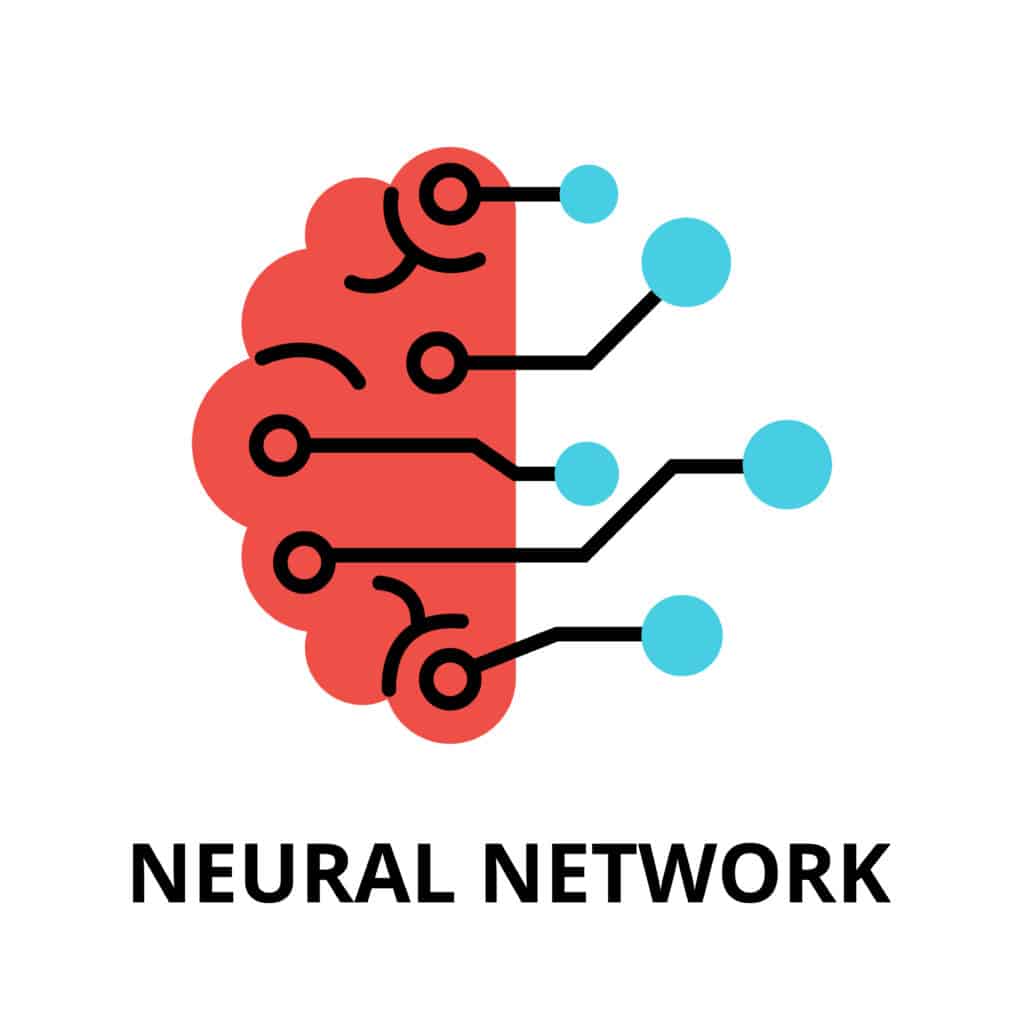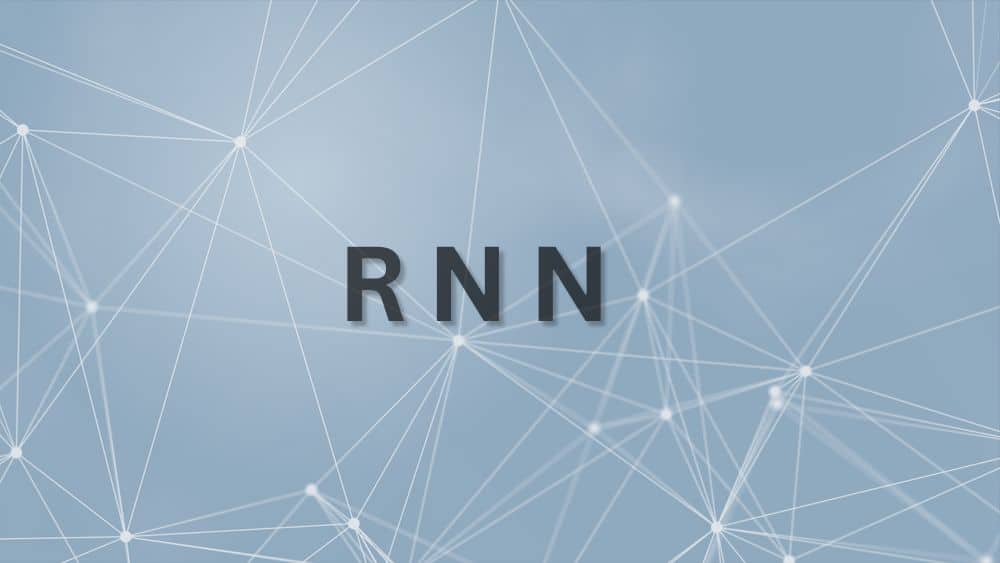With Artificial Intelligence and its technology taking over the world, the demand and the interest around the study peaks an upward graph. The hype surrounding AI boils down to its most basic cornerstone – neural networks. If you are a tech fanatic, and if you have managed to tweak your attention towards deep-diving into neural network technology – then, there are a certain sets of prerequisites that will definitely be useful to you before starting this specialization. You can also take up a free neural network course and enhance your skills to build a successful career.
1. Understanding the Basics
Starting with a really high overview, a neural network contains several layers, namely, an input layer, a hidden layer(s) and an output layer. Each layer consists of a set of nodes, loosely imaged off of the neurons in the human brain. Neural Networks tend to come in various forms and varieties, most often depending upon its model objectives. Essentially, their complexity is attributed by elaborate patterns based on how information can flow throughout the model.

To break it down, neural networks are mathematical models that essentially engage in two different phases. First is the learning phase, wherein the model trains to perform a specific task. And the second is the application stage, wherein the finished model is used. While both the phases can be integrated together, for systems that never stop learning, they are capable of working separately as well. To build a strong foundation, you can also enroll in neural networks and deep learning course to get familiarized with artificial intelligence and its applications.
Neural Networks have broadly been classified into 5 different categories
- Feed Forward Neural Nets
- Multiple Layered Perceptron Neural Nets
- Convolution Neural Nets
- Radial Basis Function Neural Nets
- Recurrent Neural Nets
Read in-depth on our blog about the Types of Neural Networks.
2. General prerequisites
Any large scale AI project involves understanding of the working of neural networks, however, it is a bit too hard to comprehend its functioning through a few articles or reads. Considering a dive into the subject, here are a few general prerequisites that will possibly act as a catalyst in understanding the concepts.
Basic Study
It is not always a good idea to jump into something with no knowledge of its basics. Before deep-diving into any subject of study, it is important to get a hang of what the discipline actually is. This can essentially include reading articles, books, recent news or even some few online courses in the field to understand your levels of interest on the subject altogether.
Check out our blog on some of the basic articles in the sphere to get started.
Here is a list of books that can possibly intrigue interest in the discipline.
- Deep Learning for Beginners, -Steven Cooper
- An Introduction To Neural Networks, -James A Anderson
- Fundamental of Neural Networks, -Laurene Fauset
- Neural Networks and Learning Machines, -Simon Haykin
Also read Best Machine Learning books 2020.
Mathematics
Having a good mathematical background, at least an undergraduate level will prove to be beyond helpful in grasping the neural network technology. A good amount of knowledge in Calculus, Linear Algebra, Statistics and Probability will smoothen the process of learning the surface of the subject.

1. Calculus
Calculus is one of the most important fields in mathematics since it plays a vital role in many machine learning algorithms – in turn, useful in building models. Here, integrations and differentiations are a must-know concept.
2. Linear Algebra
Linear algebra essentially deals with vectors, matrices, and linear transformations. It is usually used to transform and perform operations on the dataset.
3. Statistics
Statistics consists of tools that are used to obtain data outcomes. It is also useful in transforming raw data into important information.
4. Probability
Probability, as the name suggests, plays a role in predictions. It assists in reasoning, and hence, is an integral part of the foundation.
Programming
Understanding the technicality of Neural networking definitely requires a tad bit of knowledge in specific codes and programs. It is recommended to have intermediate knowledge on any one programming language, preferably –Java, Python, R or C++. The basics of any programming language – including the data structures, loops, as well as how to write a function is suggested to be familiar with in order to understand the discipline. Moreover, these programs also provide in-built libraries that make it beyond easy to implement the technology’s algorithms.
3. Specific prerequisites
Considering that you are well versed with the basics of the subject, and you are now ready to set foot into the depth of the sphere, there are set of specific requirements that will ease out the process. After meeting all the basic prerequisites, it is simpler to jump into the direct understanding of what more the technology is, its relationship with other technologies and its usage in more specific fields.
Considering AI, ML, DL and neural network technologies are closely integrated with each other, having knowledge on a few of the technology’s algorithms will also prove to be extremely helpful. Some of these can include – Linear Regression, Logistic Regression, K-Nearest Neighbors, K-Means Clustering, etc.
Reading specific conceptual topics including Weights, Biases, Activation Functions, Backpropagation, Learning Rate, Epochs, and such others provide a clear perspective on the mechanism of algorithms and how they are implemented.
Furthermore, in order to build any Deep Learning model, it is recommended to have a surface understanding of any one of the Deep Learning libraries like TensorFlow, Keras, Py-Torch or Theano.
Every researcher in the field of Neural Network technology has a strong foundation in Artificial Intelligence, Machine Learning and Deep Learning. A deep dive essentially requires an in-depth, intensive study – most often through short courses provided by strategic professionals. Online or offline courses on the subject not only provides the right insights on the subject, but also help in shaping areas of interests into its full potential, and possibly leading onto a career path in itself.
If you are curious to learn more, check out Post Graduate Diploma in Computer Science and Artificial Intelligence by IIIT-D.






